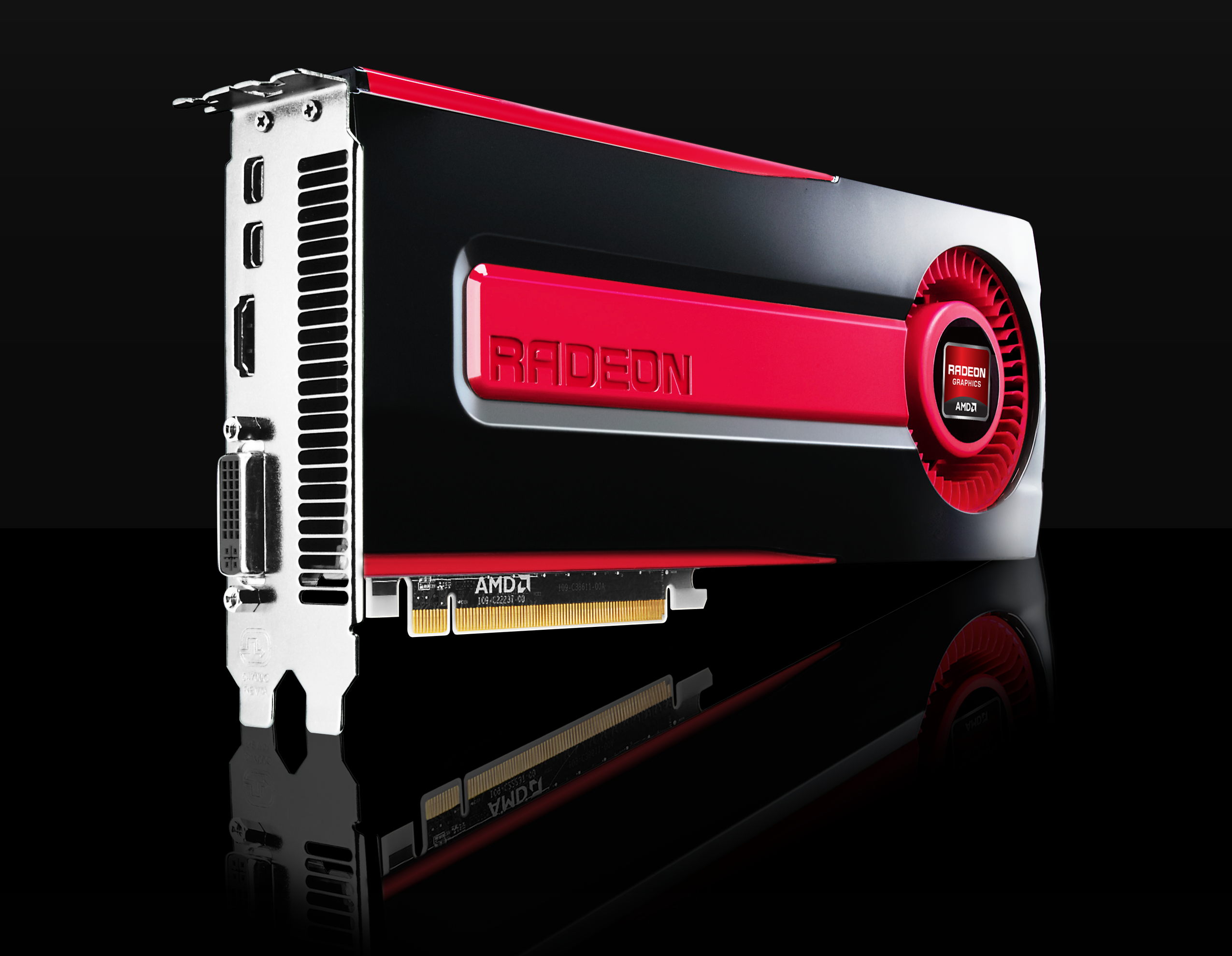Why you can trust TechRadar
The AMD Radeon HD 7950 is still based on the exact same Graphics Core Next/Southern Islands architecture as its only other AMD HD 7000 sibling, the HD 7970.
That means it's a graphics card still nailing the very latest of technologies in its rather sizeable package.
It's a fully fledged DirectX 11.1 card (though that's not actually going to be around soon, or even that big of a deal), more of interest though is the production process, shrinking down from the 40nm of the Cayman GPU to 28nm.
That's smaller than the current crop of CPUs.
That also means it can pack in a hell of a lot of those teeny transistors into the GPU, and AMD hasn't stinted. It's thrown 4.3 billion of them into this Tahiti core.
But it is a slightly chopped version of the Tahiti XT powering the AMD Radeon HD 7970.
This Tahiti Pro comes with only 28 of the Compute Units that make up the new vector processor AMD is now using for its graphics cards.
Sign up for breaking news, reviews, opinion, top tech deals, and more.

That means it's only rocking 1,792 shaders/Radeon Cores/streaming processors, or whatever you want to call them. Compared to the 2,048 of the Tahiti XT core that's a bit of a drop.
It also loses out on some 16 texture units, but thankfully it's still got the same full complement of ROPs at 32.
Outside of the GPU itself, the card as a whole comes with the same huge 3GB of GDDR5 frame buffer, on the same 384-bit interface.
And all still on the burgeoning PCIe 3.0 technology.
The clocks have also, inevitably, been cut back too.
The stock HD 7950 comes out of the box at 800MHz, a very conservative setting compared to the 925MHz of the HD 7970.
So, the AMD Radeon HD 7950 is not actually missing out on too much of AMD's new tech, indeed it's still hitting over 3TFLOPs of processing power to the HD 7970's 3.8TFLOPs.
For gamers though, forget FLOPs, it's polygon-pushing performance in games that we really want to know about. So how does that 20% drop in raw processing power translate into gaming benchmarks?
